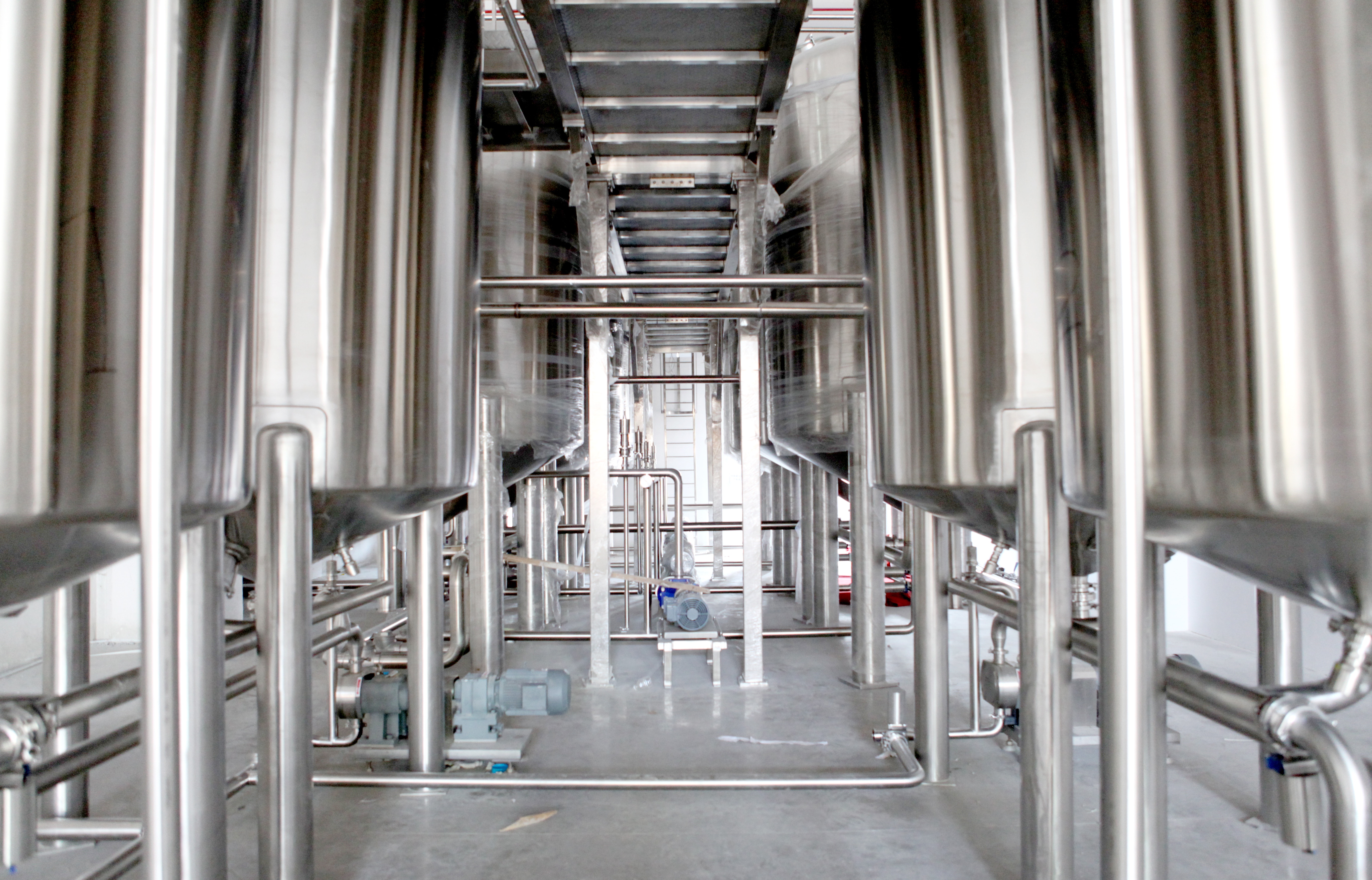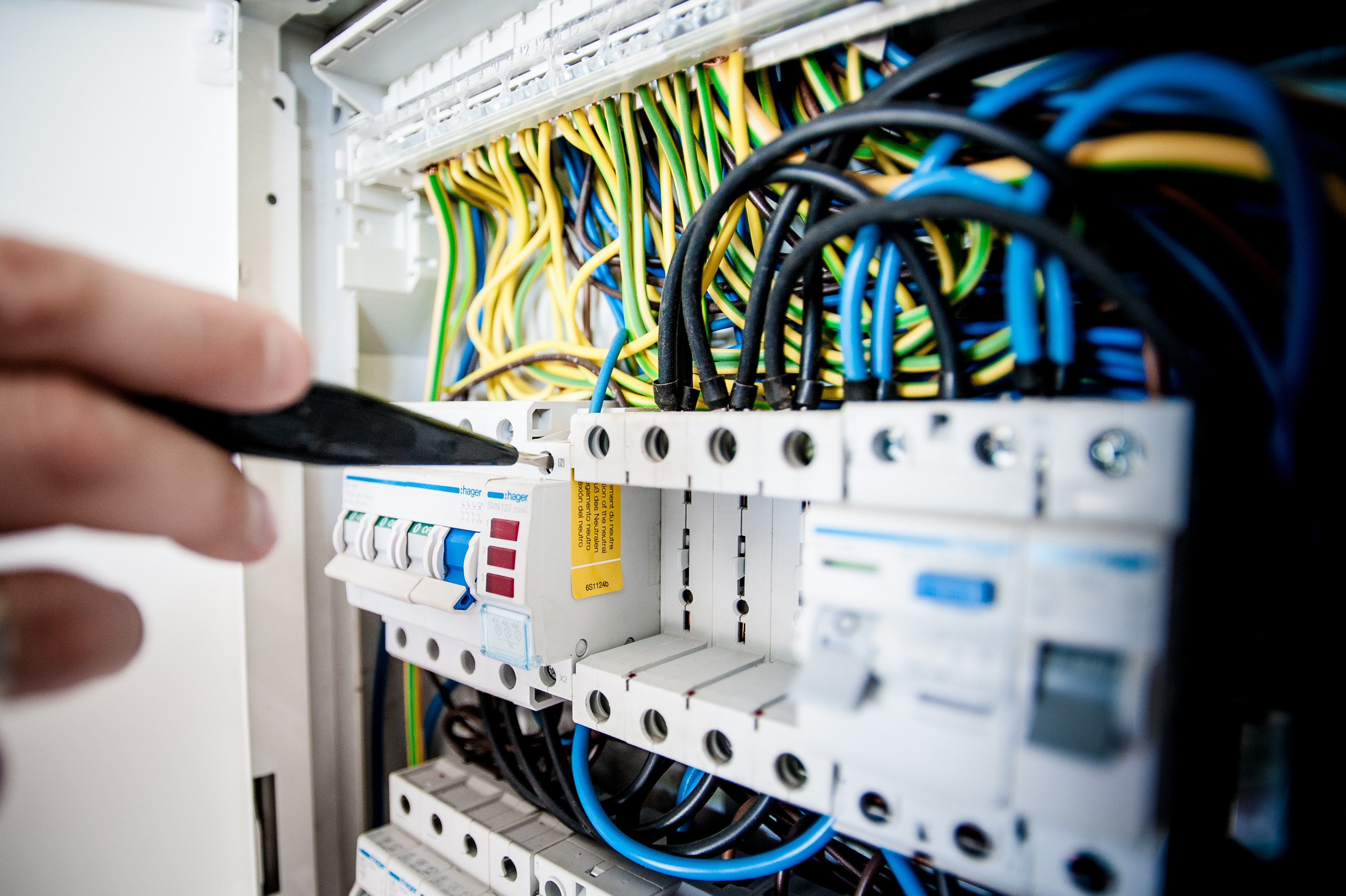It’s easy to forget about IoT’s huge implications for the workplace with so much talk about putting the consumer experience at the heart of IoT. Analysts predict more than 60% of the Internet of Things will consist of corporate and government applications. Jeremy Green, principal analyst at Machina Research, talks about the future implications for IoT: “They’re talking about this as the fourth industrial revolution with the first being steam, the second being electricity, the third being about information, and this the fourth: connected things.”
More organizations understand the benefit of using IoT technologies to create a safer, more productive workforce. Given that hundreds, often thousands of people enter the workplace each day, this presents a massive potential to obtain data through IoT that can monitor safety, process, productivity and performance.
Have an IoT application idea? Download our 8 Considerations for Hiring a Development Partner to help you vet a development team.
Safety in the Workplace
IoT is a promising prospect for increasing workplace safety, particularly with industrial jobs. Factories and plants are notoriously dangerous places to work, as deaths are tragically common among workers who monitor machines or mine for coal. By gathering data on the production floor – whether readings from equipment or monitoring workers’ vital signs through wearable technology, managers can make better decisions to ensure that the plant is running safely.
Companies like Honeywell and Intel are working on “personal, connected, safety solution[s] for industrial workers and first responders that could reduce workplace injuries and improve productivity.” Using sensors and monitors to track personal safety isn’t new, but in today’s connected world, the expectation to process information locally (directly on the worker’s body) has become increasingly important. Unfortunately, today’s minimal technology can only indicate if a worker has fallen, not what actually caused the worker’s distress.
Interested in learning how Augmented Reality is addressing health and personal safety? Check out The Technology Behind Pokémon Go: Why Augmented Reality Is The Future.
IoT can also address a common barrier to industrial worker data collection. Factories and plants typically store all the collected data in the control room only, but it is unusual for most employees to have access to the control room, thereby preventing most people from obtaining useful information. However, in a connected facility, information can be sent from the control room to the cloud so anyone using a smart device can easily access data from anywhere in the factory. Workers can run analytics on smart devices in real time to process trends and send conclusions to others wearing or operating the smart device. The data obtained from the IoT network doesn’t have to be confined to employees in the plant; it can also be sent to remote experts who can provide real-time feedback.
 Image Source: Pexels
Image Source: Pexels
Improving Process with IoT
To adequately measure the performance of a process, businesses collect data to see what areas of operation need optimization. Each day organizations are discovering the benefits of IoT equipment connectivity and process evaluation in their warehouse, distribution and manufacturing operations. In fact, industrial companies are expected to increase spending on IoT technology “to $500 billion worldwide by 2020, up from $20 billion in 2012.”
Process improvement isn’t just for industrial settings. Knowledge workers are using software to streamline communication across organizations. Smart devices can help employees communicate better, even while they are in different parts of the world. Currently, workers are already enjoying instant collaboration thanks to Slack, Google Hangouts and Skype, file sharing through DropBox and other cloud-based services, and task management through Asana or Trello.
Retail is another vertical where IoT has already begun to make an impact.
According to research from Zebra Technologies, “67% of retail decision-makers have already implemented an IoT strategy, and another 26% plan to roll one out by the end of this year.”
IoT provides retailers with insights into merchandising, shopper behavior and store operations, allowing managers to improve employee efficiency and reduce the loss of inventory. Shoppers enjoy a better experience as well.
“There are plenty of retailers that have an IoT strategy, but there is not much evidence that retailers are talking about ‘IoT enabled’ anything,” said Randy Dunn, director of global sales & professional services at Tyco Retail Solutions. “The most successful retailers embracing IoT are applying technology to meet customer needs or problems. A sound IoT strategy will emerge out of that rather than planned from the top down.”
IoT Boosts Productivity
IoT applications are already used across many industries to improve equipment and workplace productivity. Using real-time data allows managers to create operational efficiency for different work sites. Connecting and geo-targeting equipment allows employees to find that equipment easily without having to search for it. By providing dashboards and reports to managers through smartphones or tablets, executives can be sure managers perform complex optimizations in real time.
In the oil industry, companies use sensors (as many as 30,000 on some rigs) to monitor machines or systems. Data collected on those machines can be used for maintenance scheduling. By aggregating data from systems and machinery through interoperability, decision makers can gain an integrated performance overview of an entire rig or factory. Oil and gas experts believe “interoperability could improve the effectiveness of equipment maintenance in their industry by 100-200%.”
In mining, companies have seen increased productivity by as much as 25% from using automated equipment in underground mines. One company used tele-remote hauling equipment to increase production by 9 hours daily by reducing blasting process downtime and eliminating shift changes for car operators.
Predictive analytics offers companies a chance to reduce failures and improve product design. A company operating in the Canadian tar sands reports, “advanced analytics raised daily production by 5 to 8%… allowing managers to schedule and allocate staff and equipment more effectively… and ultimately reduce costs.”
Enhancing Performance with IoT
One benefit of sensors collecting data is gaining insight into operational anomalies that produce inefficiencies. Dow Chemical, a leader in specialty chemicals, tracked energy consumption patterns on their equipment and overtime. They detected anomalies on the production line that indicated higher product quality and consistency from the same or lower energy spend as in other areas of operation. Dow reduced “GHG emissions from 47 million to 35 million metric tons since 2006…increasing revenue from $49 billion to $58 billion.”
Increasingly, organizations are collecting performance data on their employees. Measuring workplace activities provides companies with a wide range of information to help make the business run better.
Some industries are using wearable devices to track workers’ whereabouts. Increased transparency will likely provide an incentive for the employee to maintain productivity, especially if performance reviews, incentives, mobility and bonus structures are influenced by data collected from these devices. An obvious barrier to the widespread adoption of workplace wearables is that employees are not always comfortable giving their employers unrestricted access to their every move.
Not only is it useful to see IoT from a tracking standpoint, but wearables can be utilized to uncover employee satisfaction and emotion in the workplace. Sandy Pentland, a computer scientist at MIT, developed sensor-embedded badges that capture more than 100 data points on human interaction. He wanted to learn what types of interactions fostered positive corporate culture. One of his findings revealed that when employees were brought together at the same time for lunch, “communication between employees rose 18 percent, stress dropped 19 percent, and most importantly, the call completion metric improved by 23 percent.”
Harnessing employee information to improve happiness and workplace performance is common and will likely increase as employers learn how to quantify collected data and how to implement policies based on the data. The key will be in how to socialize the idea with employees without alienating them. If companies can demonstrate how employee goals like safety and better processes can be achieved by leveraging wearables, employees are more likely to support the efforts.
Getting Started with IoT
Diving into IoT isn’t a simple thing. Many companies will have to rethink their business strategies and how they develop software. Organizations must prioritize upgrades and overhauls to their technology stacks if they want to handle the load associated with connecting to countless pieces of hardware.
According to InformationWeek, “For many years, enterprise software development and embedded control development have been two entirely separate disciplines. The tools are different, the platforms are very different, and it’s rare to find a professional who’s competent in both.” Because IoT relies heavily on both disciplines, organizations must find ways to break down IT silos and have more consensus and partnerships across departments.
IoT still presents many unknowns for organizations. “The IoT demands an extensive range of new technologies and skills that many organizations have yet to master,” said Nick Jones, vice president and analyst at Gartner. “A recurring theme in the IoT space is the immaturity of technologies and services and of the vendors providing them. Architecting for this immaturity and managing the risk it creates will be a key challenge for organizations exploiting the IoT. In many technology areas, lack of skills will also pose significant challenges.”
The good news for the enterprise is that the developer community has responded to the growing need for developers with IoT experience. As more of our world becomes connected, we are learning how to most efficiently take legacy hardware and technology stacks and build solutions that bring these ecosystems into the modern age.



